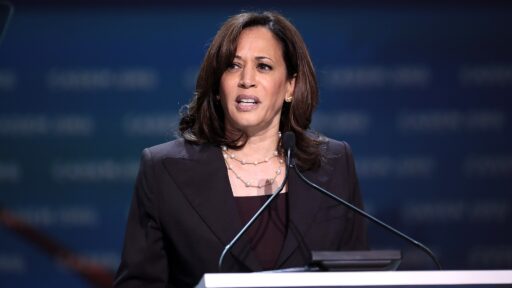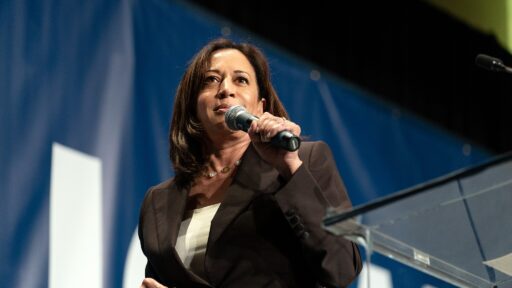Women Voting More Than Men?
Millions of Americans have already participated in the election process, casting their votes either in person or by mail, with a notable trend showing that more women than men are voting early. This is particularly evident in critical battleground states, reflecting a significant gender divide in voter behavior.
Recent data from the University of Florida’s Election Lab reveals that nearly 18 million Americans had voted early as of this past Tuesday. Among these voters, 54% were women, compared to 44% men. In key battleground states like Georgia, North Carolina, and Michigan, the numbers are even more striking, with women making up 55%, 51%, and 56% of early voters, respectively.
Historically, women have tended to vote at higher rates than men, and this trend continues to be seen in the current election cycle. In 2020, 68% of eligible women voted, compared to 65% of eligible men. This year, polls indicate that Vice President Kamala Harris has garnered significant support from female voters, with a Quinnipiac University poll showing 61% of women favoring her, while 60% of men preferred Donald Trump. This data underscores the importance of engaging female voters as they play a pivotal role in determining election outcomes.
The early voting trend is also influenced by new laws that have expanded voting options. States like North Carolina have set records for early voting participation, highlighting the increasing accessibility and convenience that many voters appreciate. In response to the controversies surrounding the 2020 election, states have implemented changes to voting laws, including tighter restrictions on mail-in ballots in Georgia and the introduction of extended early voting in Michigan.
Interestingly, early voting participation appears to be shifting, with more Democrats embracing it, according to available data. However, mixed messages from Donald Trump regarding early voting have created some confusion among Republican supporters. While he has encouraged early voting, he continues to advocate for single-day voting and has raised concerns about mail-in voting.
As both campaigns navigate this election cycle, they urge caution in interpreting early voting trends. It’s worth noting that a significant portion of early voters this year are older, with nearly half being over 65, while participation among younger voters remains low at just 5%.
Ultimately, as we approach the election, it’s crucial for Republicans to strategize effectively, recognizing the changing landscape of voter engagement and ensuring that their message resonates with all segments of the electorate.







